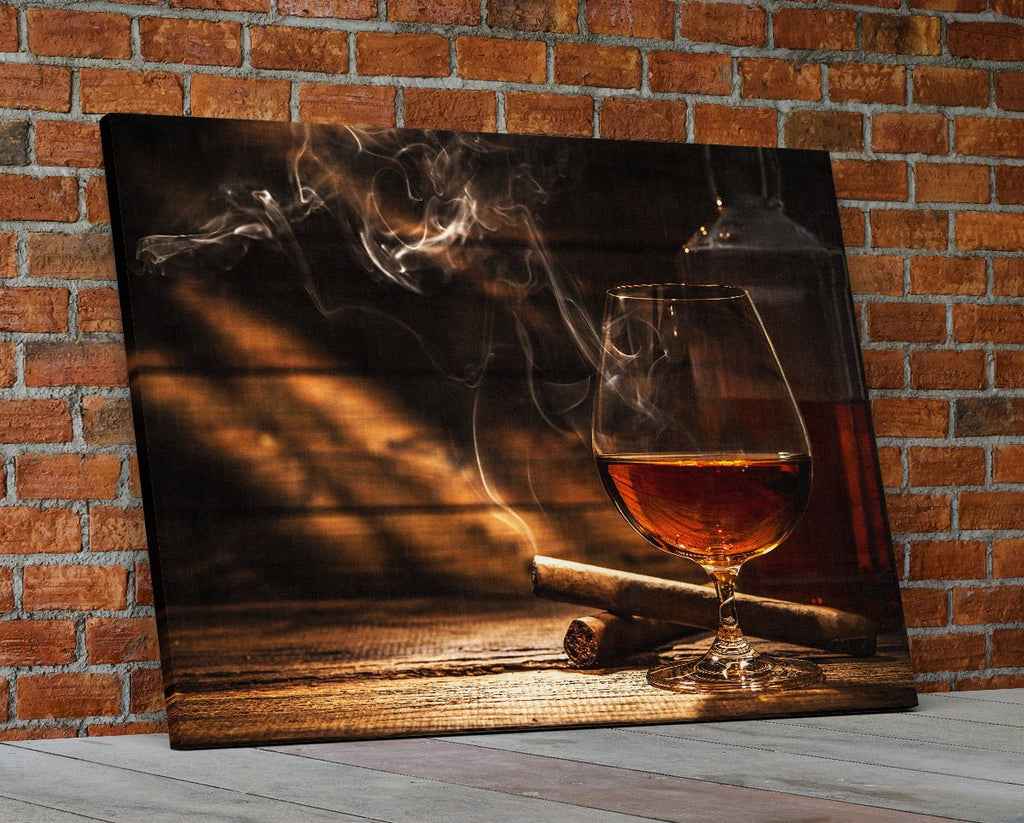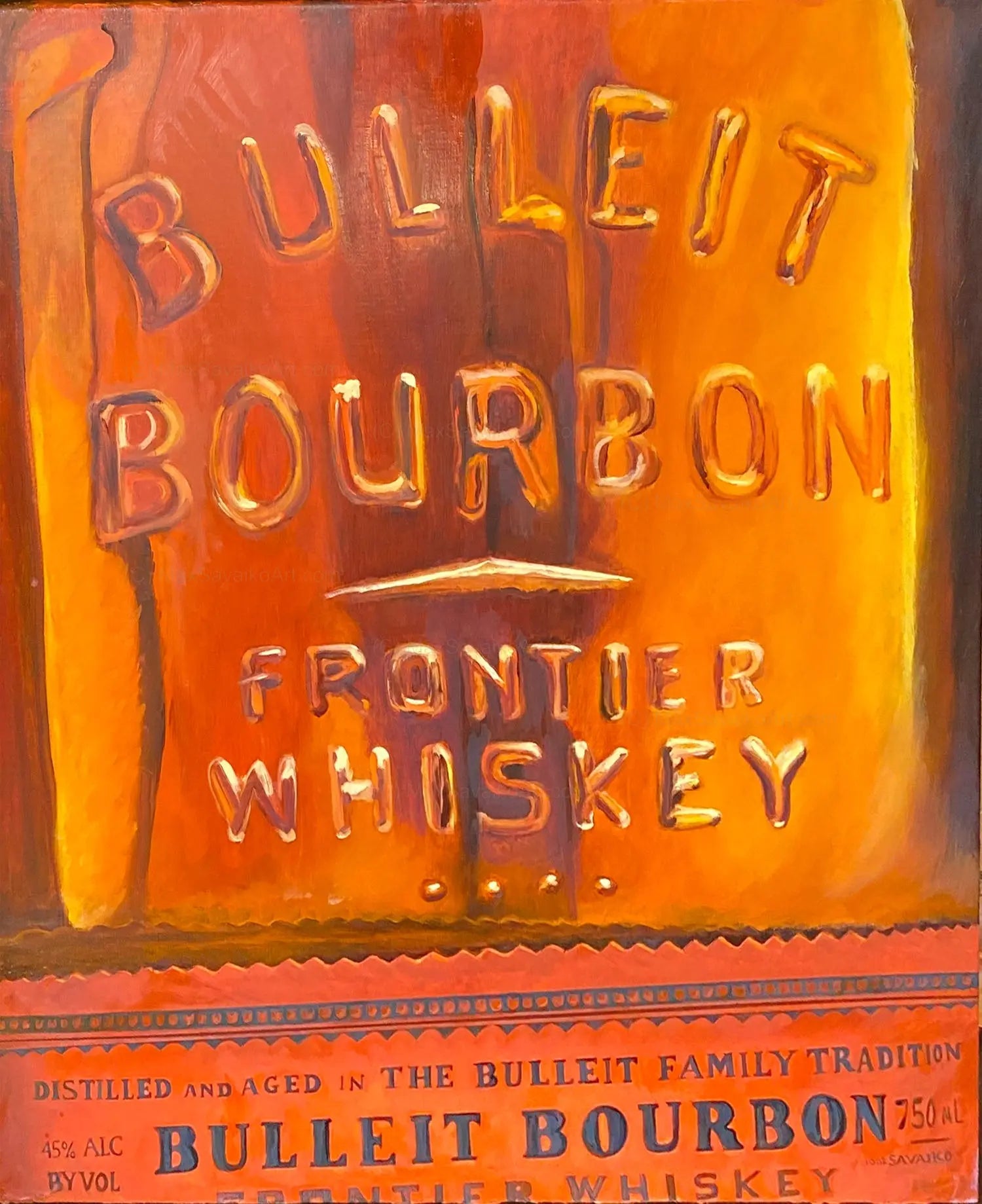The Appeal of Realism Art: A Deep Dive into Whiskey's Rich Heritage
The Appeal of Realism Art: A Deep Dive into Whiskey's Rich Heritage
Blog Article
The Value of Whiskey Art in Celebrating Heritage and Craftsmanship in the Beverage Sector
The detailed relationship in between scotch art and the event of heritage and workmanship within the beverage industry can not be overstated. With thoughtfully designed containers and tags, bourbon brand names encapsulate their historic roots and the artisanal skills that specify their manufacturing methods. This artistic dimension not just boosts market appeal yet also offers as a conduit for social storytelling, promoting a deeper link between the craft and the consumer. As we check out the various elements of this subject, intriguing questions concerning the influence of modern fads on typical practices develop, motivating more evaluation.
The Historic Roots of Whiskey
At the heart of bourbon's attraction lies an abundant tapestry of historical origins that map back to ancient civilizations. The beginnings of whiskey can be linked to the purification practices of the Sumerians and Babylonians around 2000 BCE, where early forms of fermented grain drinks began to arise. It was in the Middle Ages that the art of purification developed considerably, particularly in Ireland and Scotland, leading to the production of bourbon as we understand it today.
The term "whiskey" itself originates from the Gaelic word "uisce beatha," suggesting "water of life." This expression highlights the cultural value of bourbon in Celtic cultures, where it was commonly related to routines, events, and public bonding. By the 15th century, purification ended up being an identified craft within reclusive areas, paving the means for the establishment of legal distilleries.
As profession courses broadened, scotch's appeal grew, going beyond regional borders and capturing the passion of lovers worldwide. Bourbon Art. This historical journey reflects not only the workmanship behind whiskey production however also its important role in social and cultural contexts, noting it as a significant beverage throughout history
Artistic Expression in Branding
Whiskey branding stands as a compelling crossway of virtuosity and business, where visual identity plays an essential function fit customer understanding. The appearances of whiskey labels, packaging, and advertising products show not only the brand's tale but additionally its core values and heritage. Through creative expression, distilleries communicate a story that reverberates with customers, evoking emotions and sparking links.
Making use of shade, typography, and images in branding serves to distinguish items in a saturated market. For instance, typical themes may evoke a sense of authenticity and workmanship, while modern-day styles can represent advancement and forward-thinking. This calculated artistic instructions boosts brand acknowledgment and commitment, allowing customers to forge a personal relationship with the scotch they choose.
In addition, imaginative expression in branding typically functions as a party of regional heritage. Distilleries regularly integrate local signs or historic references right into their styles, producing a local color that invites customers to take part in a broader cultural experience. Eventually, the virtuosity behind bourbon branding not only enhances visual charm yet additionally enriches the general narrative of the brand, cultivating a deeper gratitude for the craftsmanship and heritage ingrained in each container.
Craftsmanship in Container Layout
The creativity apparent in bourbon branding expands beyond aesthetic identification to encompass the workmanship involved in container layout. Each bottle my link functions as a vessel not just for the spirit within, yet also for the story it informs concerning its tradition, origin, and top quality. The style process calls for careful interest to detail, as aspects such as product, closure, and shape add significantly to the general assumption of the bourbon.
Workmanship in container design involves picking premium glass that can boost the whiskey's shade and clearness, while also supplying a responsive experience for the consumer. The silhouette of the bottle need to be both useful and cosmetically enticing, often mirroring the heritage of the brand name. Several distilleries decide for special shapes or embossed logo designs that stimulate a sense of credibility and background.
Furthermore, the tag design and typography play a crucial function in communicating the brand name's story. Realism Art. A well-crafted container not just mesmerizes the customer's eye but also strengthens the brand's dedication to quality and tradition. In this method, the craftsmanship of container layout comes to be a vital element of the whiskey experience, combining creativity with a profound regard for heritage
Cultural Relevance of Bourbon Art
Commemorating practice and workmanship, the cultural relevance of bourbon art goes beyond plain appearances, linking with the historical and social narratives of the regions from which it originates. Each bottle serves as a canvas, portraying the one-of-a-kind tales, folklore, and customs that have shaped regional whiskey-making practices. The intricate designs commonly mirror the heritage of the distillers, incorporating symbols and themes that reverberate with the society and worths of their communities.

Furthermore, bourbon art plays an essential duty in communal celebrations and events, acting as a concrete web link in between people and their shared experiences. By appreciating the virtuosity in bourbon packaging, consumers grow a much deeper understanding and respect for the craft, eventually improving their pleasure of the drink itself.
Modern Trends in Whiskey Discussion
In recent times, the presentation of whiskey has actually evolved to show modern preferences and trends while still honoring typical craftsmanship - Limited Edition. Distilleries are significantly concentrating on visual elements that improve the general alcohol consumption experience, connecting the void in between heritage and modernity
Innovative bottle styles have emerged, usually integrating lasting materials and creative labels that tell engaging stories. Lots of brand names currently work together with regional artists, instilling their products with unique aesthetic expressions that resonate with customers. In addition, limited-edition releases are often packaged in collectible containers, adding worth and appeal for lovers.

Conclusion
To conclude, whiskey art functions as a crucial conduit for revealing the heritage and workmanship intrinsic in the beverage market. Through complex branding, ingenious container layouts, and culturally considerable imaginative elements, scotch brands effectively recognize their traditions and link with consumers. This creative narrative not only elevates the recognition of scotch however additionally enhances area identification and satisfaction amongst manufacturers. Eventually, whiskey art plays a vital duty in preserving and celebrating the rich social tapestry of whiskey-making.


Workmanship in container design involves selecting high-grade glass that can improve the scotch's color and quality, while also supplying a tactile experience for the customer. In this method, the workmanship of container design becomes an important element of the bourbon experience, combining virtuosity with an extensive respect for heritage.
In verdict, whiskey art serves as an essential avenue for expressing the heritage and workmanship fundamental in the drink industry.
Report this page